Description
The Colorful World of Pigments and Dyes: Understanding the Difference
The world around us is awash in color, from the vibrant hues of a summer sunset to the subtle shades of a painter’s masterpiece. Behind this visual feast lie two key ingredients: pigments and dyes. While both are used to impart color, they achieve this effect in fundamentally different ways. Understanding these differences is crucial for appreciating the science behind everything from the clothes we wear to the artwork that inspires us.
What are Pigments?
Pigments are insoluble, finely ground particles that are dispersed within a medium – like paint, ink, plastic, or textiles – to impart color. Think of them as tiny, colorful rocks suspended in a liquid. They don’t dissolve into the material they’re coloring; instead, they remain as discrete particles, scattering and absorbing light to create the perceived color.
Key characteristics of pigments:
- Insoluble: They don’t dissolve in water, oil, or other solvents.
- Particle-based: Their color is derived from the physical properties of the pigment particles.
- Lightfastness: Generally, pigments are more resistant to fading from sunlight than dyes.
- Versatility: They can be used in a wide range of applications, from paints and coatings to cosmetics and plastics.
Examples of Pigments:
- Titanium Dioxide (White): A widely used pigment in paints, plastics, and paper.
- Iron Oxides (Reds, Yellows, Browns): Found in earth pigments like ochre and sienna, and used in paints, cosmetics, and construction materials.
- Ultramarine (Blue): A synthetic pigment derived from the mineral lapis lazuli.
- Carbon Black (Black): Produced from the incomplete combustion of heavy petroleum products, used in inks, plastics, and rubber.
What are Dyes?
Dyes, on the other hand, are substances that dissolve in a liquid medium, allowing them to chemically bond with the material they’re coloring. Imagine dropping a dye tablet into water – it dissolves completely, coloring the entire solution. Dyes penetrate the fibers or surface of the material, creating a permanent bond.
Key Characteristics of Dyes:
- Soluble: They dissolve in a solvent, typically water.
- Chemical Bonding: They form a chemical bond with the material being colored.
- Brighter Colors: Dyes often produce brighter and more intense colors compared to pigments.
- Textile Focus: Dyes are primarily used for coloring textiles, but also find applications in paper, leather, and food.
Examples of Dyes:
- Indigo: A natural dye extracted from plants, used to color denim.
- Alizarin: A red dye traditionally derived from the madder plant.
- Acid Dyes: Synthetic dyes used for coloring protein fibers like wool and silk.
- Reactive Dyes: Synthetic dyes that form a covalent bond with cellulose fibers like cotton.
The Key Differences Summarized:
| Feature | Pigments | Dyes |
|---|---|---|
| Solubility | Insoluble | Soluble |
| Mechanism | Dispersion of particles | Chemical bonding to the material |
| Lightfastness | Generally better | Can vary, some dyes fade more easily |
| Color Intensity | Generally less vibrant | Often brighter and more intense |
| Applications | Paints, inks, plastics, cosmetics, etc. | Textiles, paper, leather, some foods |
Choosing the Right Colorant:
The choice between a pigment and a dye depends on the specific application and desired properties. If durability, opacity, and resistance to fading are crucial, pigments are often the better choice. If you need deep, vibrant colors and the ability to penetrate a material’s surface, dyes will be more suitable.
The Future of Color:
The field of color science is constantly evolving, with researchers developing new and improved pigments and dyes that are more sustainable, environmentally friendly, and offer enhanced performance. From biodegradable dyes made from food waste to pigments that can reflect heat, the possibilities for creating a more colorful and responsible world are endless.
Understanding the distinction between pigments and dyes allows us to appreciate the complexities of color and the sophisticated science that goes into creating the vibrant world around us. The next time you admire a painting, select a piece of clothing, or even choose a crayon, remember the fascinating world of pigments and dyes that makes it all possible.



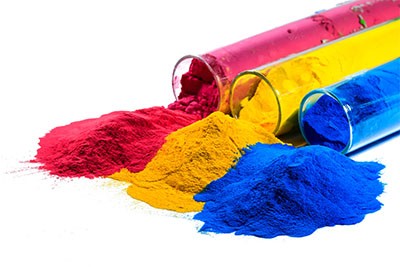
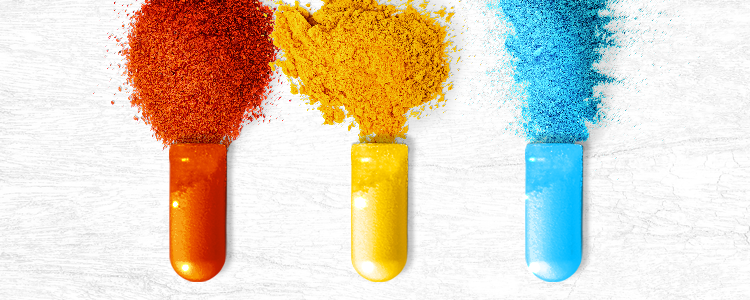
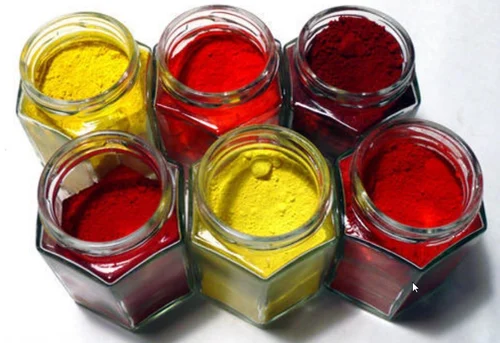
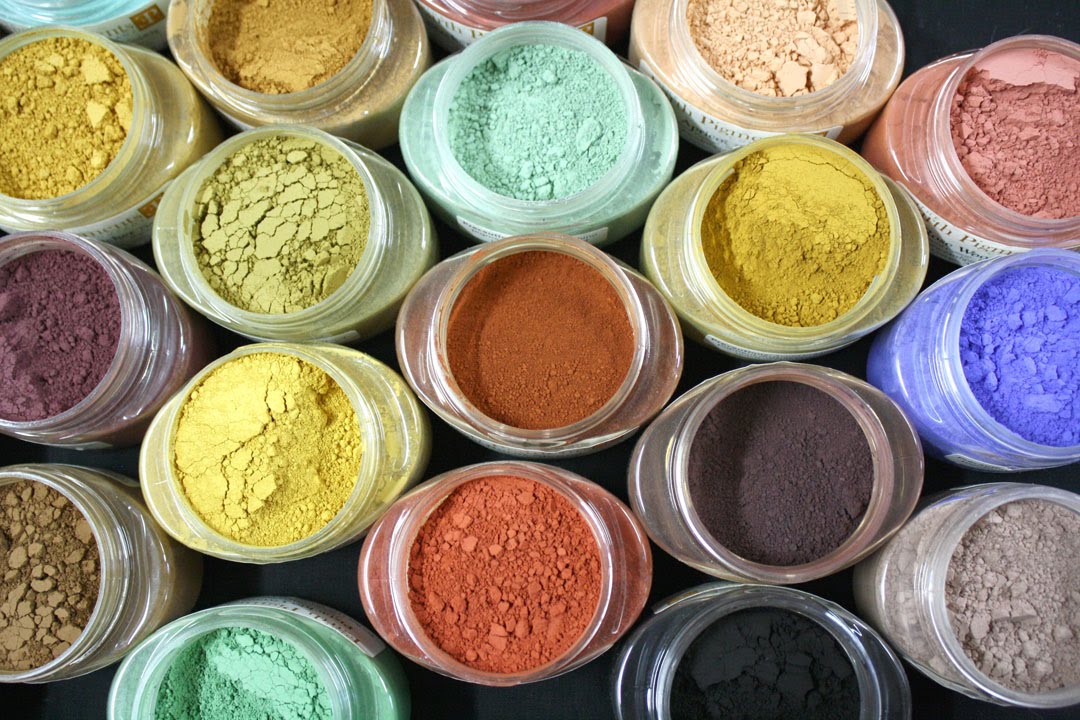
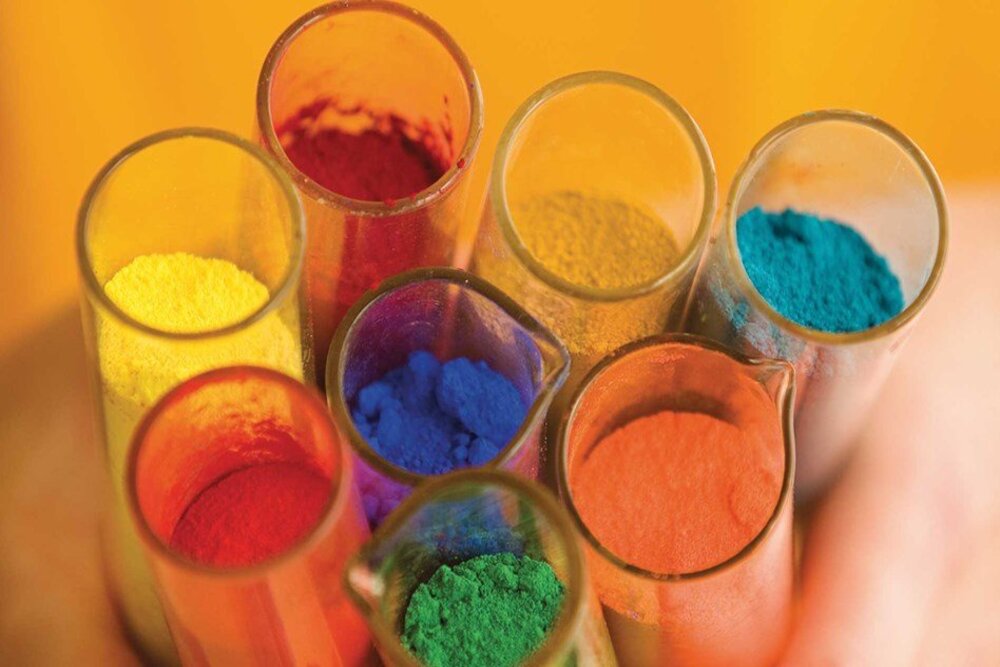


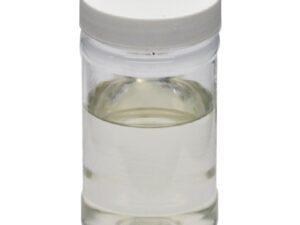
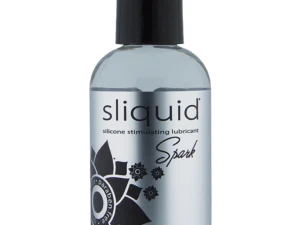

Reviews
There are no reviews yet.